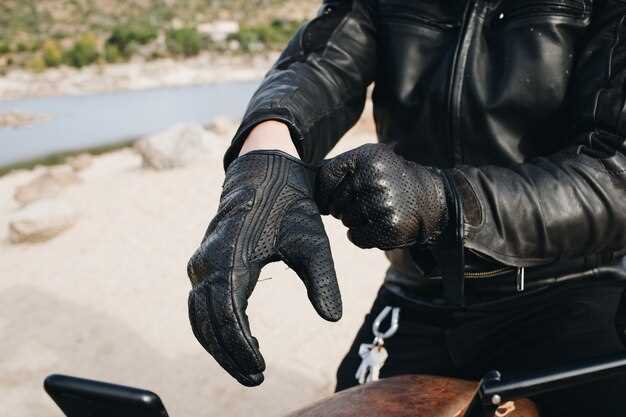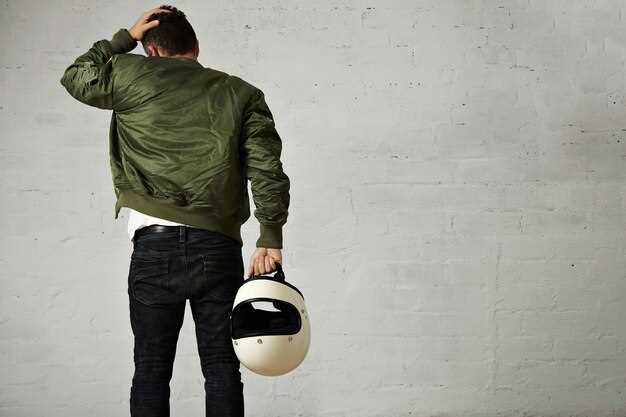
When it comes to choosing the right riding gear, understanding the distinct characteristics of waterproof and vented options is crucial for maintaining comfort and safety on the road. Both types of gear serve specific purposes and cater to different riding conditions, making informed decisions essential for riders of all levels.
Waterproof riding gear is designed to keep riders dry in wet conditions, utilizing specialized materials and construction techniques to prevent rain and moisture from penetrating the fabric. This type of gear often features sealed seams and waterproof zippers, ensuring that riders remain comfortable even during heavy downpours. However, while waterproof gear excels in keeping the elements at bay, it may lack breathability, which can lead to overheating during prolonged wear.
On the other hand, vented riding gear prioritizes airflow and moisture management, making it an optimal choice for warm weather conditions. This type of gear typically incorporates mesh panels and ventilation systems that promote circulation, allowing body heat and sweat to escape. While vented gear provides excellent cooling properties, it may not offer the same level of protection against rain, necessitating additional layers or waterproof covers in inclement weather.
In summary, the key differences between waterproof and vented riding gear stem from their intended use and environmental suitability. Riders must assess their riding habits, climate conditions, and personal comfort preferences to select the most appropriate gear for their needs.
How Waterproof Gear Protects Against Rain and Moisture
Waterproof gear is specifically designed to prevent water from penetrating its fabric, thus keeping the rider dry during rainy conditions. This type of gear typically employs advanced materials and technology, such as membrane systems like Gore-Tex or similar, which offer a barrier against water while allowing moisture generated from the body to escape.
The primary feature of waterproof riding gear is its ability to repel water. The outer layer is treated with a durable water repellent (DWR) finish that causes water to bead up and roll off the surface, rather than soaking into the material. This ensures that the gear remains lightweight and breathable, preventing the accumulation of water weight.
Another crucial aspect of waterproof gear is its construction. Sealed seams and additional waterproof zippers enhance the overall integrity of the garment, ensuring that moisture cannot enter through common entry points. This meticulous construction is vital for maintaining dryness in heavy rain conditions.
Moreover, waterproof gear often incorporates an inner lining that not only enhances comfort but also provides an extra layer of protection against moisture. This lining can be made of moisture-wicking fabrics that draw sweat away from the skin, preventing the rider from feeling damp from their own perspiration.
In addition to preventing water ingress, waterproof gear is often wind-resistant, providing further protection from the elements. This combined protection enables riders to stay comfortable and focused, regardless of changing weather conditions.
Overall, waterproof gear is an essential investment for any rider who frequently encounters rain and wet environments, ensuring optimal performance and comfort during every ride.
Understanding Breathability in Vented Riding Gear

Breathability is a crucial feature of vented riding gear, designed to enhance comfort during various weather conditions. It refers to the fabric’s ability to allow moisture vapor produced by the body to escape while preventing water from entering. This balance is vital for maintaining an optimal microclimate between the rider and the gear.
Vented riding gear typically employs specialized fabrics that have micro porous structures. These structures enable air circulation and moisture transfer, which helps regulate body temperature. When a rider exerts themselves, sweat is generated, and breathable materials facilitate its evaporation. The result is a significant reduction in discomfort associated with excess humidity, allowing for a more enjoyable riding experience.
The degree of breathability in riding gear is often measured in grams per square meter (g/m²) of moisture vapor that can pass through the fabric within a specific time frame. Higher ratings indicate better performance. However, breathability can also be affected by other factors such as the garment’s fit and the layering system used. A snug fit can limit airflow, while a looser construction may provide enhanced ventilation but compromise protection.
Incorporating vents strategically within the garment is another method to improve breathability. Common locations for these vents include the sides, back, and underarms, where airflow is naturally increased. Many modern vented pieces come with adjustable openings, allowing riders to customize airflow based on weather conditions and personal preference.
For riders engaging in long rides or across varying terrains, choosing vented gear with excellent breathability is paramount. This not only elevates comfort but also can significantly reduce fatigue and improve overall performance. Understanding these features can help in selecting the right gear for a more enjoyable riding experience.
Choosing the Right Gear for Different Weather Conditions

When riding, selecting the appropriate gear for varying weather conditions is crucial for ensuring comfort and safety. In wet conditions, waterproof gear is essential to keep you dry and prevent hypothermia. Look for materials like Gore-Tex or similar membranes that offer excellent water resistance while allowing breathability. This way, sweat is not trapped against your skin, reducing discomfort during prolonged rides in rain.
In contrast, vented gear is best suited for hot weather. This type of apparel typically includes mesh panels and larger vents that promote airflow, helping to regulate body temperature. Look for jackets and pants designed specifically for summer riding, as they provide a balance between protection and ventilation. Remember to consider protective features like armor, which should not be compromised for the sake of ventilation.
In cooler temperatures, layering becomes essential. A waterproof outer layer paired with thermal or insulated inner layers can maintain warmth while keeping you protected from wind and moisture. Ensure your gear offers a snug fit to prevent drafts, and consider adding windproof accessories like neck gaiters and gloves to complete your setup.
Lastly, always check the weather forecast before heading out. Having the right gear at the ready can make the difference between an enjoyable ride and a miserable one. Be proactive in your choices, switching between waterproof and vented gear based on the expected conditions, and adjust your inner layers accordingly. Comfort is key, but protection should always remain a priority.